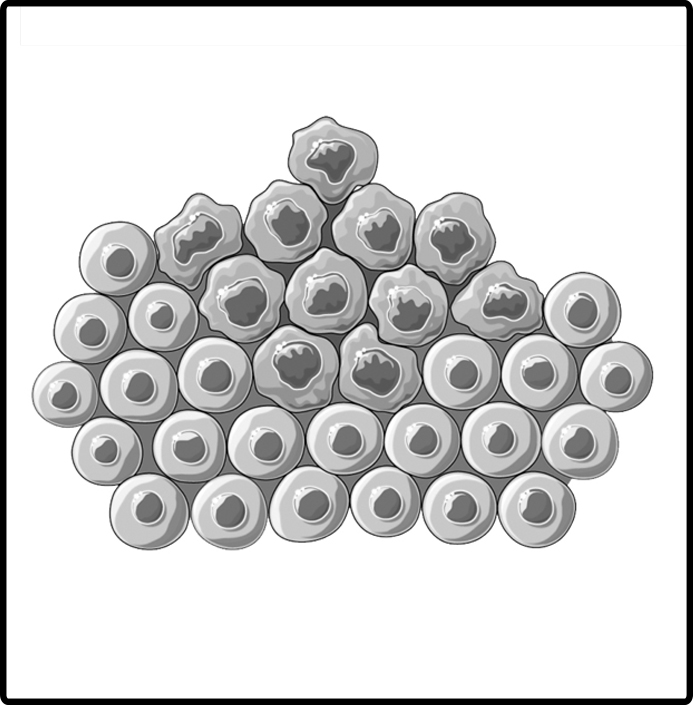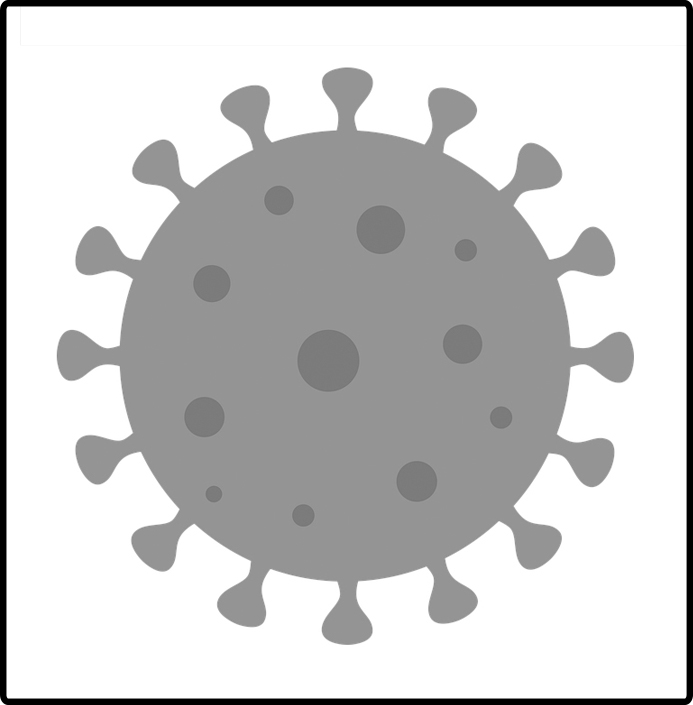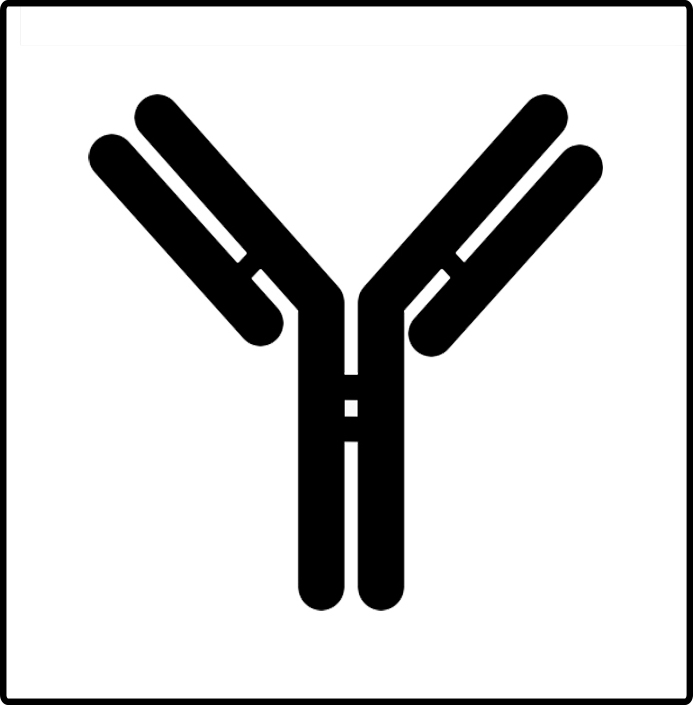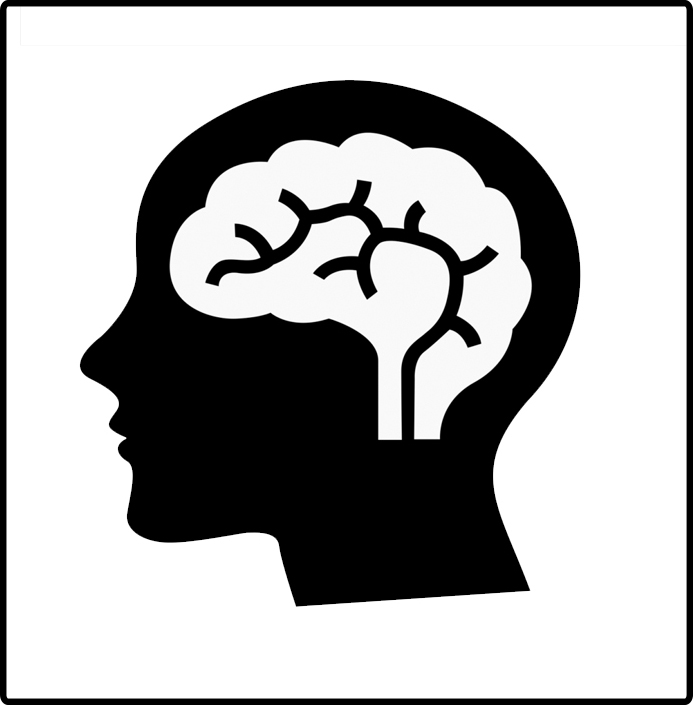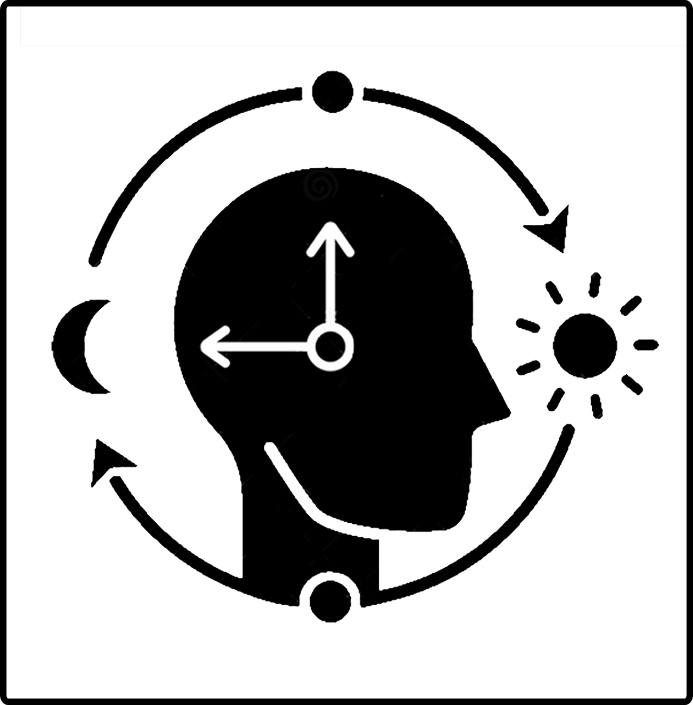Evolutionary Medicine
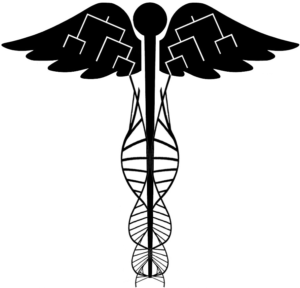
When trying to understand and treat human health, most of modern medicine focuses on examining underlying biological mechanisms such as genetics, cellular mechanisms, anatomy, and physiology. Although this mechanism-focused perspective has led to the development of effective treatments such as drugs, vaccines, and surgeries, nothing in biology makes sense except in the light of evolution. Also known as Darwinian medicine, evolutionary medicine applies modern evolutionary theory to the field of human health and disease. In doing so, not only can we learn about how the biological mechanisms that underlie human health work, but we can also begin to learn about why humans remain vulnerable to certain diseases and disorders in the first place. This is a relatively recent perspective, largely pioneered by George Williams and Randolph Nesse in their 1991 paper, The Dawn of Darwinian Medicine, and their follow-up 1996 classic, Why We Get Sick. The purpose of our evolutionary medicine cases is to provide students with examples of biological systems related to human health in order to promote integrative biological thinking. Cases focused on human health are also inherently interesting to many students and can help highlight how evolutionary theory can be applied to human biology. Below are short abstracts of each evolutionary medicine case along with links to PowerPoint slides, question guides, games and sims, and videos to support each case.
Metabolism
Lactase Persistence
Nearly 65% of humans cannot digest the sugar lactose as adults. When lactose is not broken down in the gut, osmosis occurs to dilute its high concentration in the intestine. The high volume of water leads to cramping, bloating, and diarrhea. Furthermore, bacteria within the intestine ferment unused lactose, releasing high volumes of gas that cause further discomfort and flatulence. A single nucleotide polymorphism in a regulatory region of the lactase gene allows the transcription of the lactase-mRNA into adulthood, resulting in a trait called lactase persistence. This case examines the genetics, cell biology, anthropology and biogeography of this system.

